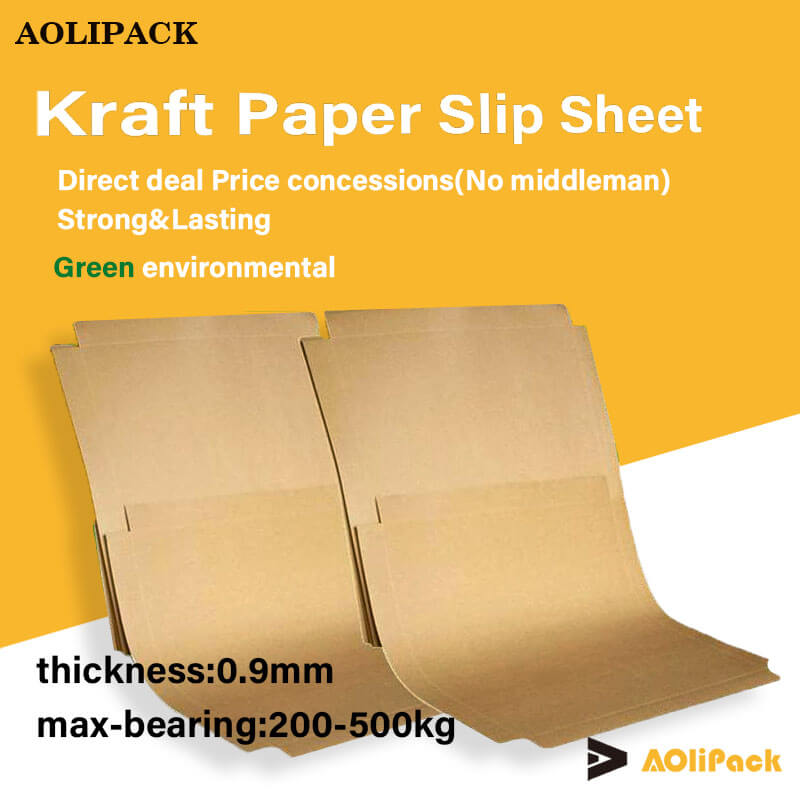without paper slip sheet pack for container load.
In the logistics and transportation industry, efficient packing and loading practices are crucial for cost reduction, environmental sustainability, and operational efficiency. One such innovative practice gaining traction is the use of without paper slip sheet packs for container loads. This approach offers numerous benefits compared to traditional packaging methods, making it an attractive option for businesses striving to optimize their supply chain management.
Understanding the Concept
A paper slip sheet is a lightweight, durable alternative to traditional wooden pallets or cardboard boxes. It consists of a single layer of heavy-duty paperboard or corrugated material, designed to separate, protect, and facilitate the movement of goods within a shipping container. The "without paper slip sheet pack" concept refers to organizing and securing cargo directly onto the slip sheet, eliminating the need for additional paper inserts, dividers, or protective wrappings that are often used between layers or items.
Environmental Benefits
One of the most compelling advantages of adopting this method is its positive impact on the environment. By minimizing the use of paper and other disposable packaging materials, companies can significantly reduce waste. This not only lessens the burden on landfills but also conserves natural resources used in paper production. Additionally, slip sheets themselves are often recyclable, further enhancing the sustainability profile of this packaging solution.
Cost Savings
Economically, the without paper slip sheet pack approach translates into substantial cost savings. Traditional packaging materials, such as cardboard dividers and protective wraps, can be costly and contribute to overall shipping expenses. By eliminating these extras, businesses can lower their packaging costs. Furthermore, slip sheets are lighter than wooden pallets, which can lead to reduced transportation costs due to lower fuel consumption and potentially lower dimensional weight charges in shipping.
Space Optimization
Space utilization within shipping containers is another critical factor. Without paper slip sheet packs allow for more compact stacking and better organization of goods, maximizing container capacity. This can lead to fewer shipments required to transport the same volume of products, further reducing transportation costs and carbon emissions. The flexibility of slip sheets also accommodates various shapes and sizes of goods, making them highly versatile for diverse cargo types.
Enhanced Product Protection
Contrary to the misconception that minimalist packaging compromises product safety, slip sheets, when used correctly, provide effective protection. They act as a buffer against shock and vibration, minimizing the risk of damage during transit. Moreover, the smooth surface of slip sheets facilitates easy sliding of goods, reducing the chances of scratches or dents that might occur with rougher traditional packaging materials.
Improved Handling Efficiency
From a logistics standpoint, slip sheets facilitate faster and smoother handling processes. They enable forklifts and other material handling equipment to quickly and easily lift, move, and stack loads, enhancing warehouse productivity. This efficiency gain is particularly valuable in high-volume distribution centers and during peak seasons when time is of the essence.
Conclusion
In conclusion, the adoption of without paper slip sheet packs for container loads represents a forward-thinking approach in logistics management. It combines environmental responsibility, cost-effectiveness, space optimization, enhanced product protection, and improved handling efficiency into one streamlined solution. As businesses continue to seek ways to streamline their operations and reduce their environmental footprint, the transition to this innovative packaging method seems not just beneficial but imperative. By embracing this change, companies can pave the way for a more sustainable, efficient, and profitable future in the global supply chain.








 wechat consulting
wechat consulting